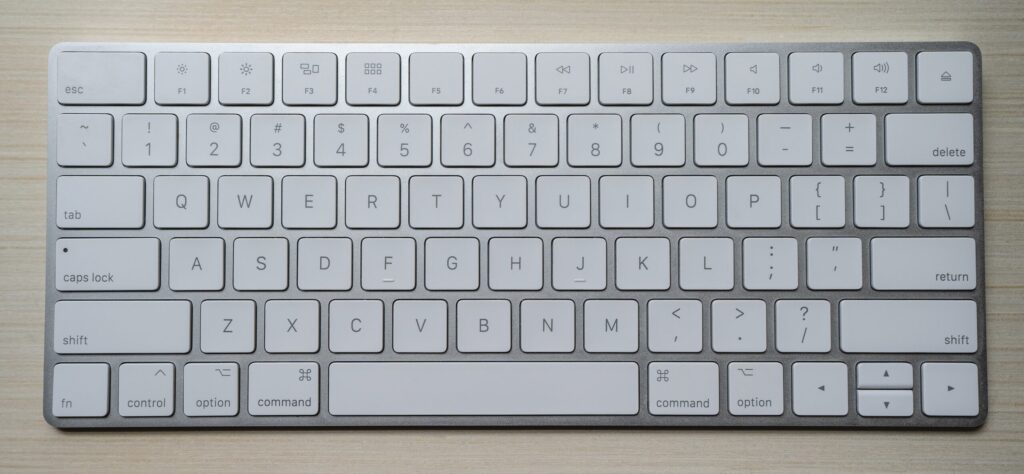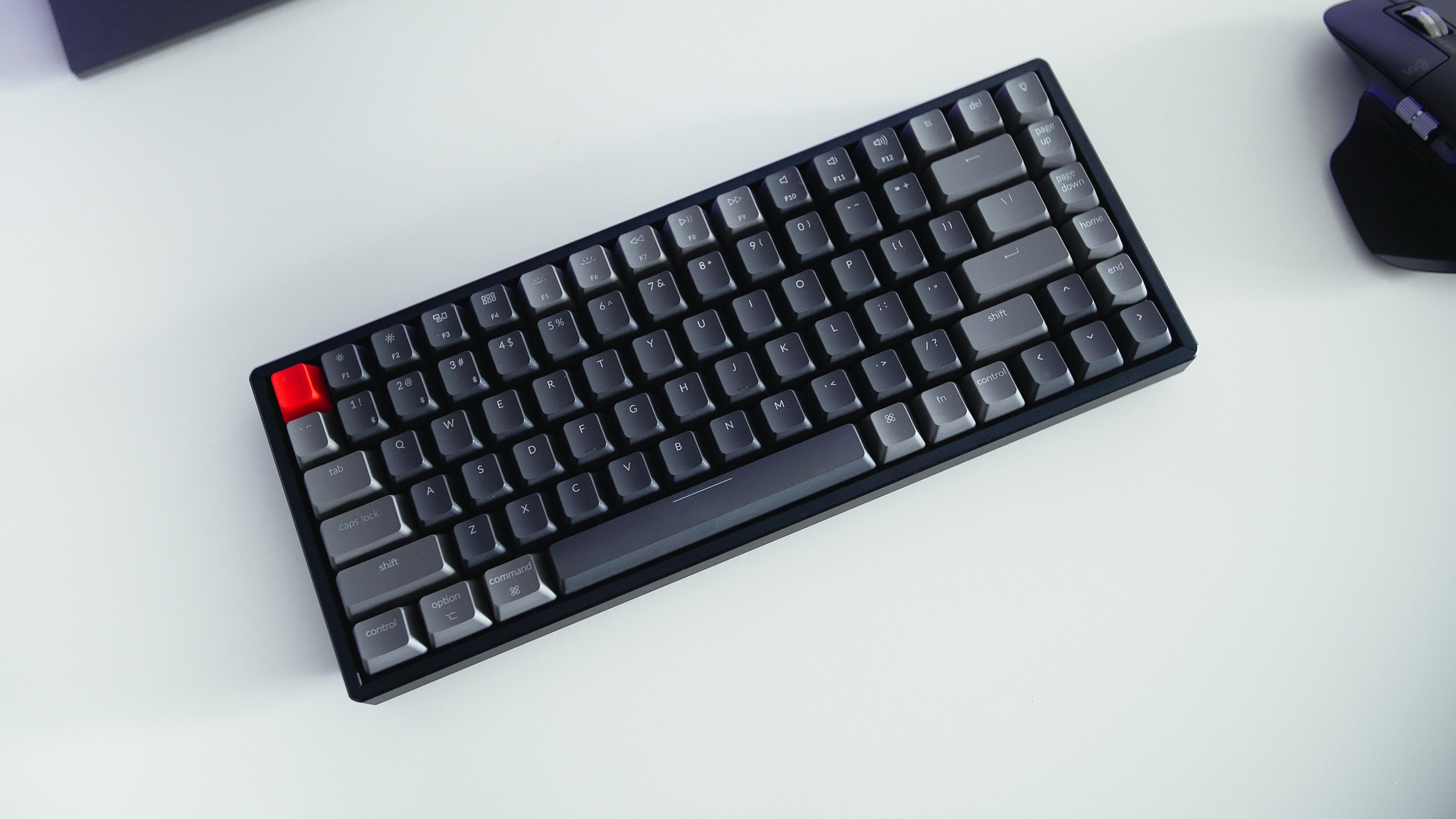Most Australian primary schools promote handwriting over keyboarding when students first learn to write. It’s not to say there aren’t schools teaching keyboarding, but the default modality of transcription in Australia has always been writing by hand with pencils (and eventually pens).
And yet, the Australian Curriculum: English includes content descriptions for both handwriting and keyboarding from the first year of schooling: Foundation. This raises a question: Why do primary school teachers in most (if not all) countries emphasise handwriting over keyboarding in the early years of school? This is an important question to ponder since most adult writing involves typing on keyboards (or tapping on screens). Are there benefits associated with learning to write by hand that justify handwriting as the default modality of transcription in the primary years?
A Norwegian research project conducted by Eivor Spilling and colleagues in 2021 set out to investigate whether writing by hand or keyboard affects the composition performance of beginning writers and the quality of their written texts.

Why schools promote handwriting or keyboarding
Spilling et al. (2021) argued that learning to write by hand may be the default modality since many early primary classrooms lack access to digital technologies that would enable greater emphasis on keyboarding. There are also suggestions in the literature that the motor skills associated with handwriting should be fostered before those associated with keyboarding, and that writing letters by hand may be an important element of early letter learning (e.g., James & Engelhardt, 2012; Stevenson & Just, 2014).
Yet there are also compelling arguments for learning to write via keyboarding:
Writing on a keyboard gives an easier-to-read end product that looks like the texts that students see when they are given texts to read (MacArthur, 2000). Selecting letters on a keyboard may be less cognitively demanding, particularly in younger children (Beschorner & Hutchison, 2013). Typing letters is possibly motorically easier and quicker than shaping them by hand (Genlott & Grönlund, 2013). Typing on a computer also makes possible additional real-time feedback and support (e.g., spell checking). (Spilling et al., 2021, p. 2)

Handwriting is more demanding than keyboarding
Handwriting has more demanding fine-motor movements for beginning writers than keyboarding. As outlined by Spilling and colleagues (2021), “producing a specific letter by hand requires the ability to map knowledge of the letter shape onto specific fine-motor movements that effect the pen strokes that produce the letter” (p. 3). No such demands are involved for early keyboarding, which, by contrast, involves the same basic motor movements for forming each letter.
Letter selection immediately before motor planning is also easier when keyboarding because beginning writers can recognise each letter on the keys rather than having to retrieve it from their memory (as handwriting demands).
The present study
Because handwriting is more demanding than keyboarding in terms of processing for letter selection (knowing which letters to write) and subsequent letter formation (getting the letters down on the page/screen), it is logical to expect that beginning writers may write longer and higher quality texts when keyboarding. However, the present research by Spilling et al. (2021) suggested otherwise.
The researchers compared the quality of written texts composed by hand or keyboard by 102 Norwegian Year 1 students from eight primary schools after the first three months of formal schooling. Context was an important factor for this study since Norwegian children start school older than in other countries and parents typically do not promote school-like literacy learning in the home before the school years. In the first three months in these Norwegian schools, equal emphasis was given to learning to write by hand and by keyboard.
This differs from the early writing experiences in Australian primary schools, which may involve students spending years developing their handwriting skills before formally learning to write by keyboard. Spilling et al. (2021) collected two written texts per student (one written by hand and one by keyboard) on consecutive days. They analysed the texts using several measures, including text length, spacing accuracy, punctuation, spelling, sophistication of vocabulary, syntax, story grammar, basic and advanced narrative features, and holistic quality.
Interestingly, their analysis found no evidence that the modality of transcription (handwriting or keyboarding) affected any of the measures! Their statistical analysis gave moderate-strong evidence for no effect of modality on the measures. In other words, the length and quality of students’ texts were not influenced by handwriting or keyboarding. In all the research comparing handwriting and keyboarding, this is quite a unique finding.
The bottom line

Of course, contextual factors matter in a study like this. Very early writers in Norway have no extensive writing training by pencil or pen, while children in countries like Australia typically engage in many hours of handwriting experiences in the home before the first year of school. It is little surprise, then, when Australian primary school students can write faster and for longer when writing by hand. But when students spend the same amount of time learning to write by hand and keyboard, the differences seem to disappear, as shown by Spilling et al. (2021).
Since the vast majority of Australian students will end up writing more via keyboard than by hand as adults, and since doing so is less cognitively demanding in several ways, it raises questions about whether our traditional emphasis on handwriting is still appropriate in contemporary classrooms, especially when access to technology is almost certainly less of an issue than it was even five years ago. At present, there are major concerns about writing development in Australia and around the world, particularly for male students. Could a greater emphasis on keyboarding, earlier, be part of the answer?
References
Beschorner, B., & Hutchison, A. (2013). iPads as a literacy teaching tool in early childhood. International Journal of Education in Mathematics, Science and Technology, 1(1), 16–24.
Genlott, A. A., & Grönlund, Å. (2013). Improving literacy skills through learning reading by writing: The iWTR method presented and tested. Computers and Education: An International Journal, 67, 98-104. https://doi.org/10.1016/j.compedu.2013.03.007
James, K. H., & Engelhardt, L. (2012). The effects of handwriting experience on functional brain development in pre-literate children. Trends in Neuroscience and Education, 1(1), 32–42. https://doi.org/10.1016/j.tine.2012.08.001
MacArthur, C. A. (2000). New tools for writing. Topics in Language Disorders, 20(4), 85–100. https://doi.org/10.1097/00011363-200020040-00008
Spilling, E. F., Rønneberg, V., Rogne, E. M., Roeser, J., & Torrance, M. (2021). Handwriting versus keyboarding: Does writing modality affect quality of narratives written by beginning writers? Reading and Writing. https://doi.org/10.1007/s11145-021-10169-y
Stevenson, N. C., & Just, C. (2014). In early education, why teach handwriting before keyboarding? Early Childhood Education Journal, 42, 49–56. https://doi.org/10.1007/s10643-012-0565-2
